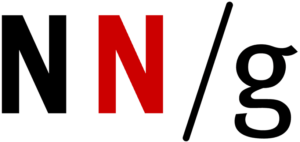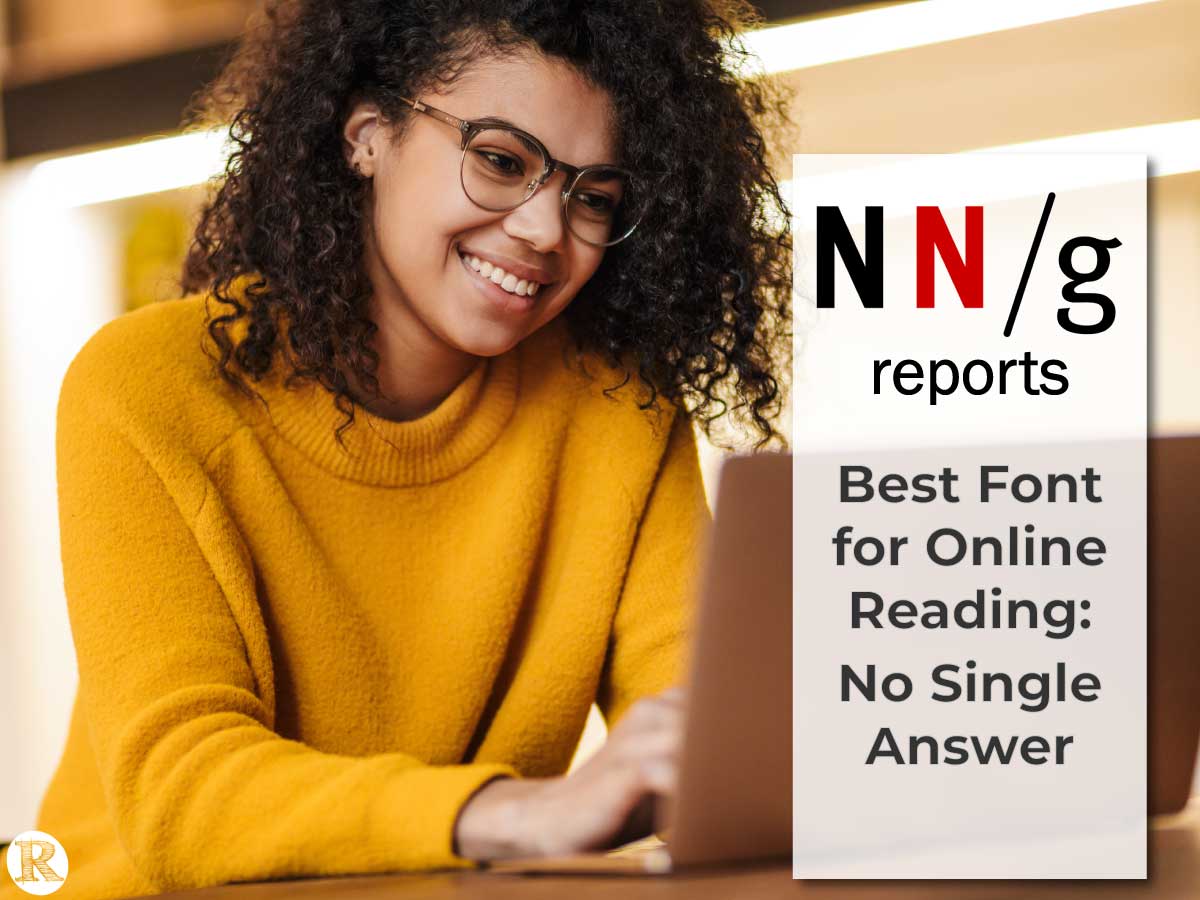Nielsen Norman Group Reports on TOCHI Readability Study
Jakob Nielsen renowned web design and usability guru of the Nielson Norman Group (NN/g) recently reviewed the research published in ACM’s Transactions on Computer Human Interaction (TOCHI) in his recent report, “Best Font for Online Reading: No Single Answer.”
Shaun Wallace (Brown University Ph.D. candidate) and his colleagues from Adobe and the University of Central Florida, set out to deduce “what gains in reading effectiveness are possible by manipulating font choice alone” of a general population of adult readers. Nielsen writes that it is “ultimately disappointing.” He believes this is the case because “it doesn’t answer the most burning question: what font should you use for your website?” He does caveat his assertion by noting that “it still provides many intriguing findings, including the striking conclusion that there is no single answer to this question.” Nielsen notes that while Garamond was the best font tested on average, “it wasn’t best for all users. There were substantial differences.” (Nielsen’s emphasis)
Nielsen concludes that “as scientists like to say, more research is needed.” To learn more about readability research visit: ReadabilityMatters/research or The Readability Consortium.
Coverage by NN/g, an elite firm dedicated to “improving the everyday experience of using technology,” brings attention to the promise of using personalized reading formats to improve reading outcomes. Read the Nielsen Norman Group readability article.
 About NN/G: The Nielson Norman Group is a UX research and consulting firm trusted by leading organizations worldwide to provide reliable guidance on user experience. Their founders, Jakob Nielsen and Don Norman are recognized around the world for their leadership in defining the field of UX.
About NN/G: The Nielson Norman Group is a UX research and consulting firm trusted by leading organizations worldwide to provide reliable guidance on user experience. Their founders, Jakob Nielsen and Don Norman are recognized around the world for their leadership in defining the field of UX.
About Jakob Nielsen: Jakob Nielsen, Ph.D., is a User Advocate and principal of the Nielsen Norman Group. Dr. Nielsen established the “discount usability engineering” movement for fast and cheap improvements of user interfaces and has invented several usability methods, including heuristic evaluation. He holds 79 United States patents, mainly on ways of making the Internet easier to use.




